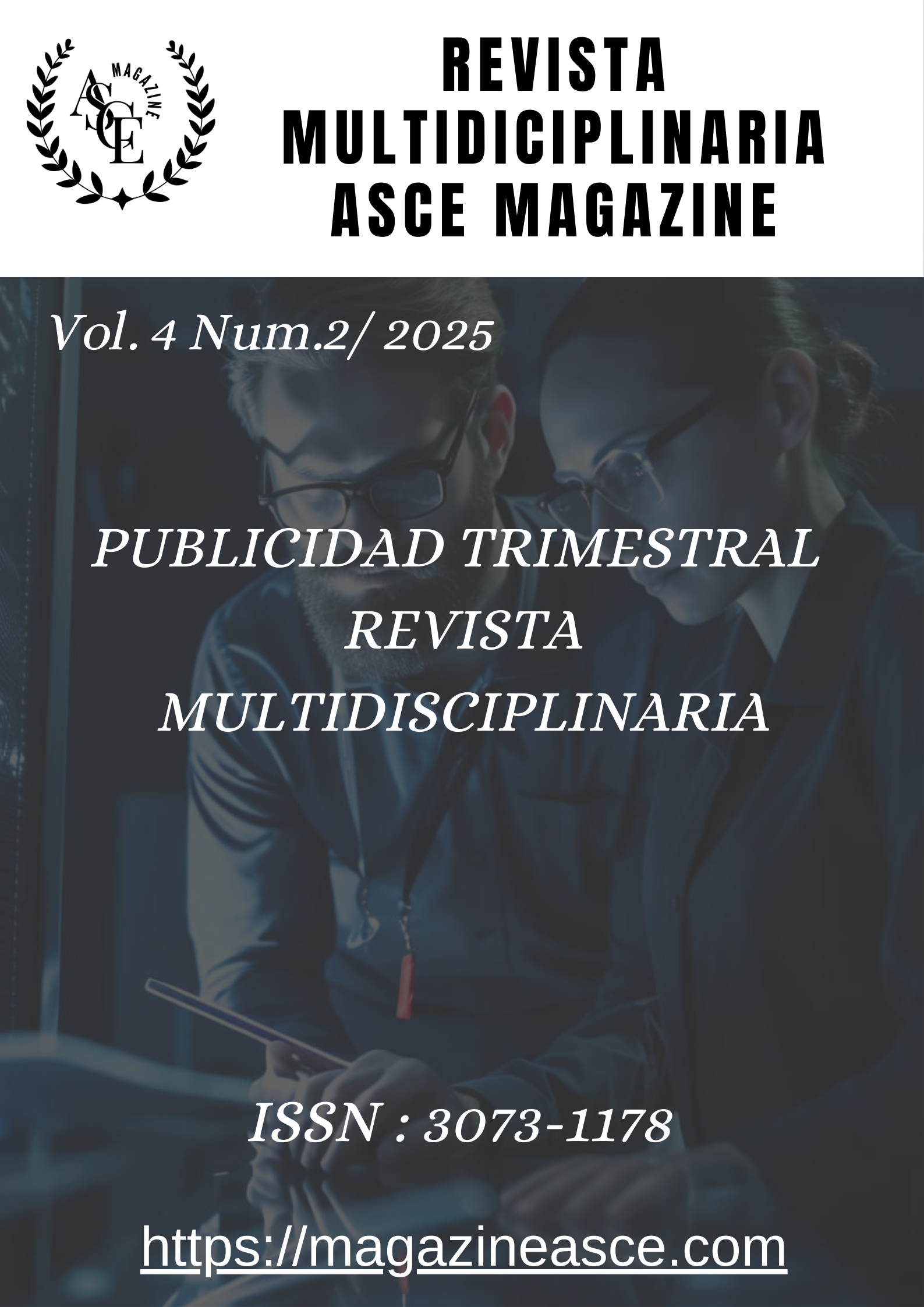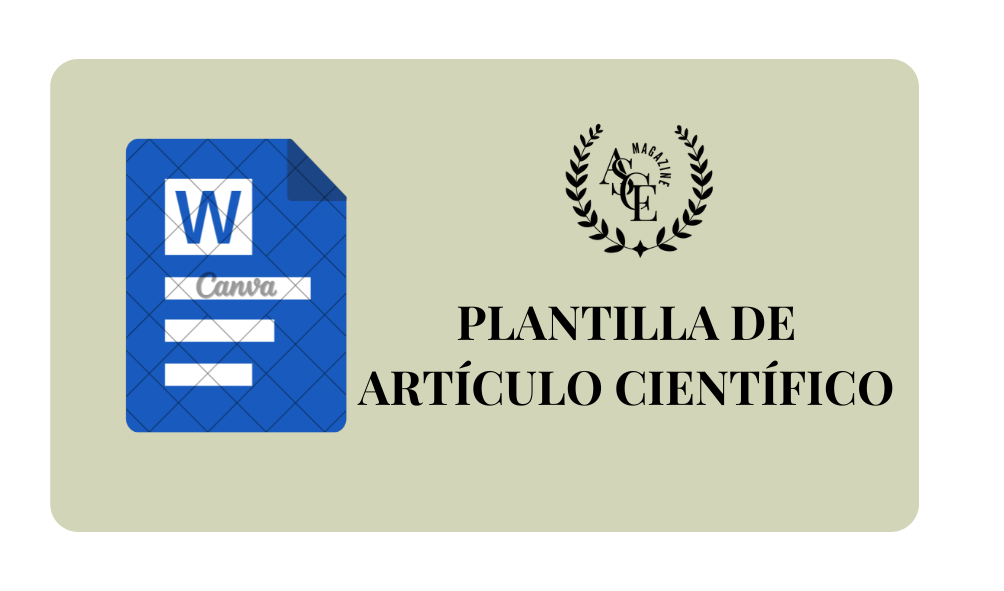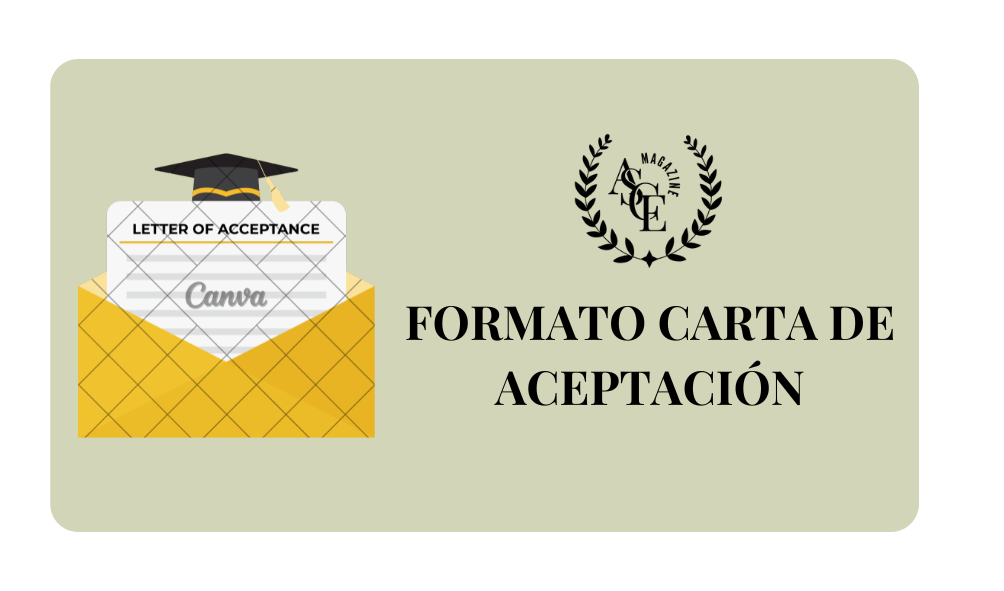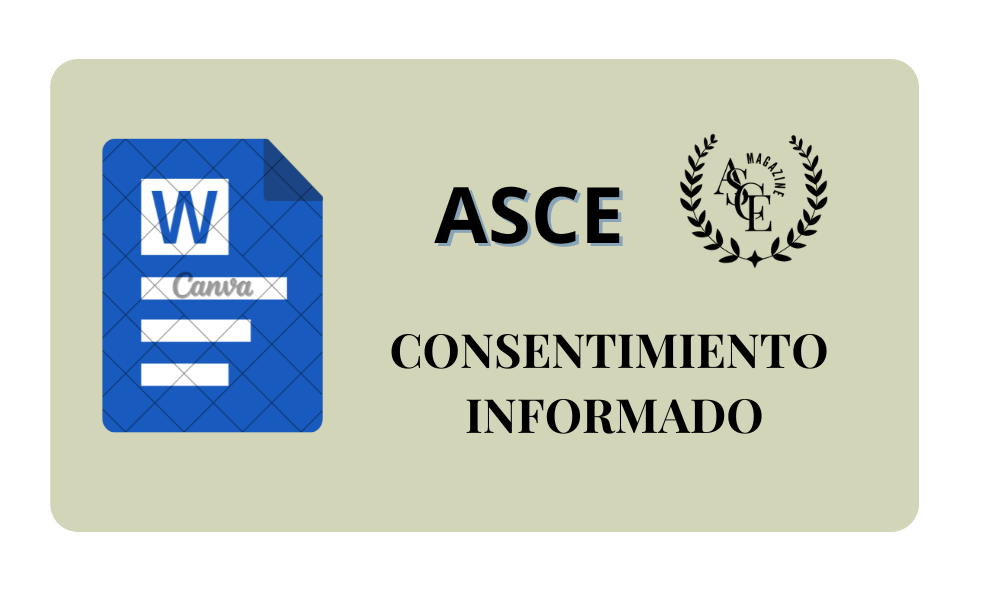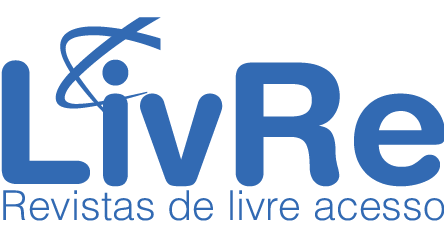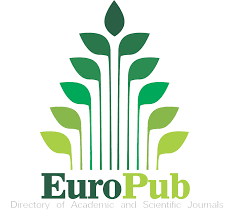The impact of brain gymnastics on neuroplasticity and learning activation in adolescents
DOI:
https://doi.org/10.70577/ASCE/447.463/2025Keywords:
Neuroplasticity; Brain gymnastics; Active learning; Adolescence; Cognitive stimulation; Neuroeducational strategiesAbstract
The present study aimed to analyze the impact of brain gymnastics on neuroplasticity and the promotion of learning in adolescents, recognizing this stage as a fundamental moment for the development of cognitive, emotional,and academic skills. Through a systematic literature review, we used the PRISMA methodological approach, which allowed us to select, filter,and examine relevant scientific research published between 2020 and 2025. Theprocess ensured rigor in the collection and evaluation of studies investigating the relationship between brain gymnastics, neural stimulation,and educational performance in school contexts. The results reveal that brain gymnastics exercises stimulateessential brain functions such as memory, attention, language,and logical reasoning. Likewise, its positive impact on creativity, motivation to learn,and emotional well-being, elements that contribute to improvingthe academic performance of adolescents, is also highlighted. The findings also highlight the need to train teachers in neuroeducational practices and to integrate sensory and dynamic strategies, such as music and physical activity, into the school environment. In conclusion, brain gymnastics is a valuable pedagogical tool that promotes neuroplasticity and enriches adolescent learning experience. Its continuous and structured implementation in the classroom can generate significant transformations in both cognitive and emotional processes, promoting comprehensive and sustainable development in the educational environment.Downloads
References
Bautista, C. X., Rivera, D. C., & Castañeda, G. I. (2023). El impacto de la neuroplasticidad en el aprendizaje de las ciencias. Jóvenes de la ciencia, 4(1), 23-43. https://doi.org/10.15174/jc.2024.4434 DOI: https://doi.org/10.15174/jc.2024.4434
Benavides, E. C., & Zumba, C. T. (2024). La Neuróbica como estrategia didáctica para el aprendizaje de Biología Vegetal con estudiantes de tercer semestre de la Carrera de Pedagogía de las Ciencias Experimentales Química y Biología. 7(3), 123. https://doi.org/http://dspace.unach.edu.ec/handle/51000/12909
Chanatasig, Q. A. (2023). Gimnasia neurocerebral para el desarrollo didáctico de niños de 4 a 5 años del nivel de Educación Inicial de la Escuela Isidro Ayora. http://repositorio.utc.edu.ec/handle/27000/9924.
Chanatasig, Q. A. (2023). Gimnasia neurocerebral para el desarrollo didáctico de niños de 4 a 5 años del nivel de Educación Inicial de la Escuela Isidro Ayora. http://repositorio.utc.edu.ec/handle/27000/9924. https://doi.org/http://repositorio.utc.edu.ec/handle/27000/9924
Cortés, C. M., Veloso, A. B., & Alfaro, S. A. (2021). Impacto de la actividad física en el desarrollo cerebral y el aprendizaje durante la infancia y la adolescencia. Revista Infancia, Educación y Aprendizaje, 7(1), 39-52. https://doi.org/https://dialnet.unirioja.es/servlet/articulo?codigo=7552436
Doherty, R. A. (2023). La neuroplasticidad en el contexto escolar. Una exploración de factores clave asociados al rendimiento cognitivo en escolares adolescentes en Chile mediante un análisis de redes. 12(2). https://doi.org/https://diposit.ub.edu/dspace/handle/2445/200101
Flores, V. M., & Gamboa, G. M. (2024). Influencia esencial de la neuroplasticidad para optimizar el potencial de aprendizaje en la Educación Primaria. Revista Dilemas Contemporáneos, 5(1), 1-24. https://doi.org/https://doi.org/10.46377/dilemas.v11i3.4139 DOI: https://doi.org/10.46377/dilemas.v11i3.4139
Goncalves, M. O. (2024). El Impacto del Ejercicio Cognitivo en la Plasticidad Cerebral y la Neuroprotección. XI Jornada de Actualización en Psicopatología Infantojuvenil, 7(2), 123-145. https://doi.org/https://www.gsinapsis.com/el-impacto-del-ejercicio-cognitivo-en-la-plasticidad-cerebral-y-la-neuroproteccion/
Hernández, R. N. (2022). Taller de gimnasia cerebral para adultos mayores. Facultad Psicología, 23(5), 123-134. https://doi.org/https://hdl.handle.net/20.500.12371/18812
Lugo, M. A. (2024). La música como activador de la Neuroplasticidad y Gimnasia Cerebral en alumnos de nivel primaria. MAGOTZI Boletín Científico De Artes, 12(23), 28-34. https://doi.org/https://doi.org/10.29057/ia.v12i23.11646 DOI: https://doi.org/10.29057/ia.v12i23.11646
Moreno, G. J., Pablo, I. S.-L., & Escobar-Córdova, S. K. (2025). Innovación en estrategias pedagógicas mediante herramientas de inteligencia artificial: Revisión sistemática. Revista Andina de la Educación, 25(5), 112-132. https://doi.org/https://doi.org/10.32719/26312816.5432 DOI: https://doi.org/10.32719/26312816.5432
Muñoz, L. M. (2023). Constructos teóricos sobre neuroeducación y su relación con la inteligencia emocional en la práctica docente en Educación Básica. http://espacio.digital.upel.edu.ve/index.php/TD/article/view/716.
Ontiveros, O. M., Figueroa, G. C., Lara, G. N., & González, M. A. (2025). La gimnasia cerebral como estrategia de educación física para mejorar la coordinación motriz en alumnos de preescolar. Ontiveros Ontiveros , M. V., Figueroa Guillen, C., de Lara González, N., González Mendoza, A., & Castañeda Balderas, I., 5(6), 3589– 3608. https://doi.org/https://doi.org/10.56712/latam.v5i6.3262 DOI: https://doi.org/10.56712/latam.v5i6.3262
Romero, R., Cueva, H., & Barboza, L. (2024). La gimnasia cerebral como estrategia para el desarrollo de la creatividad en los estudiantes. Omnia, 20(3), 80-91. https://doi.org/https://www.redalyc.org/pdf/737/73737091006.pdf
Sarmiento, H. L. (2024). Aprendizaje Socioemocional y Neuroplasticidad: Estrategia para Potenciar el Bienestar y el Desempeño Académico en Estudiantes. Revista Ciencia Multidiciplinar Latina, 8(5), 4966- 4985. https://doi.org/https://doi.org/10.37811/cl_rcm.v8i5.13943 DOI: https://doi.org/10.37811/cl_rcm.v8i5.13943
Vaca, C. M., & Quiroz, V. M. (2023). La gimnasia cerebral para fortalecer los aprendizajes significativos en la Unidad. Polo del Conocimiento, 8(6), 311-329. https://doi.org/10.23857/pc.v7i12
Vaca, M. M., & Rojas, C. A. (2024). Estrategias neurodidácticas para favorecer a la comprensión lectora en un grupo de segundo de secundaria. En I. d. Profesionales. https://repositorio.beceneslp.edu.mx/jspui/handle/20.500.12584/1541.
Downloads
Published
How to Cite
Issue
Section
License
Copyright (c) 2025 Mercedes Catalina Sani Canchigña, Braulio Emanuel Guanocunga Quishpe, Mayra Cristina Camacho Herrera, Jenny Paola Simbaña

This work is licensed under a Creative Commons Attribution-NonCommercial-NoDerivatives 4.0 International License.

